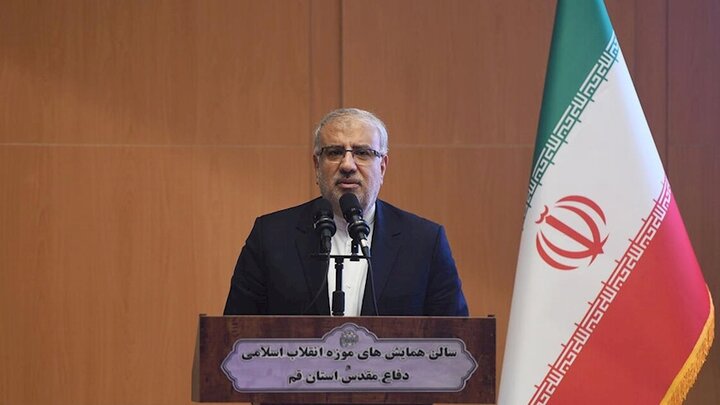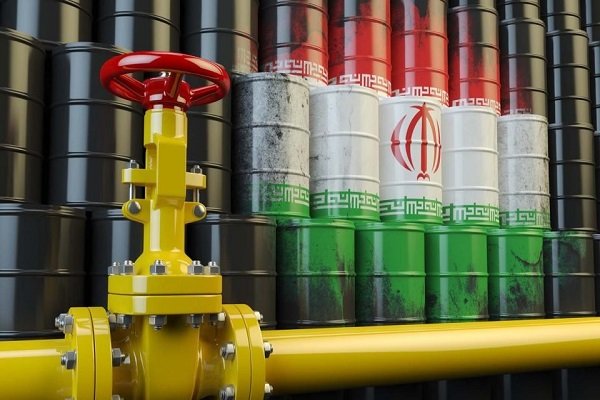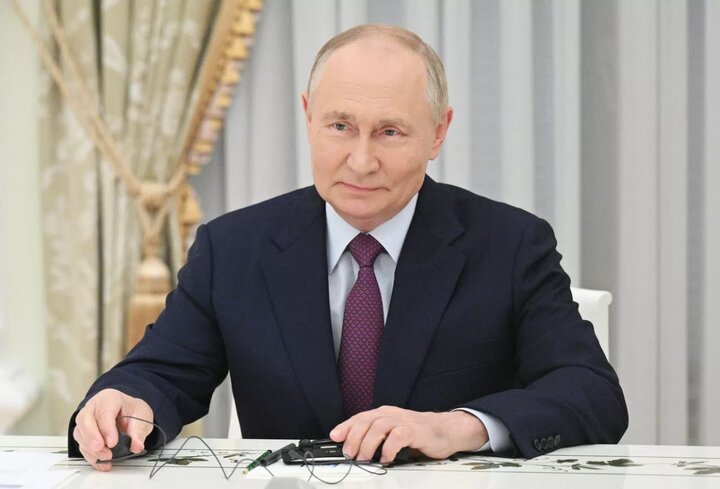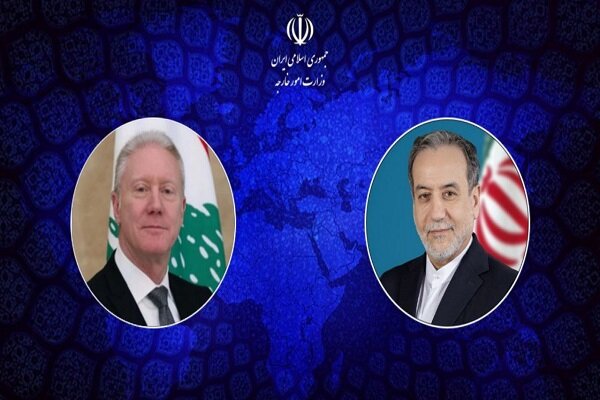
Delivering a speech in an exhibition in the holy city of Qom, north-central Iran, he added $28 billion were invested to complete 132 partly-finished upstream and downstream projects.
The minister also pointed to the inauguration of Phase 11 of the South Pars gas field, saying the project awarded to France’s TotalEnergies in a 4.8-billion-dollar contract had been left undone for 20 years as the French company exited the project due to intensified sanctions and did not share its data.
In the pre-revolution era, Owji continued, one gas refinery having an output of 23 million cubic meters per day (mcm/d) and one petrochemical plant had been built while 23 refineries and 68 petrochemical complexes are operating now.
“Today, 98 percent of [Iran’s] urban population, around 84 percent of rural population, and most of industries, particularly main industries, have been connected to the world’s unique gas grid,” said Owji.
“We have become self-sufficient in developing oil and gas fields and constructing refineries and petrochemical plants,” mentioned the minister, adding drilling 6,000-meter-deep oil and gas wells is conducted by domestic experts and the country is currently making 80 percent of products and equipment needed by the oil industry.
“Although Iran is the most-sanctioned country in the world, it has been exporting technical and engineering services, renovating sanctioned nations’ refineries, and identifying new markets for selling its crude oil,” he continued.
Elaborating on big challenges his ministry inherited from the previous administration, Owji pointed to 87 million barrels stored in 40 tankers with an annual 460-million-dollar cost and also the offshore storage of 25 million barrels of oil.
The previous administration had called for purchasing 12 more tankers to store more condensates offshore, recalled the minister adding, “As the 13th administration took office, we put international trade on the agenda. Although we received the permit for purchasing the tankers, we did not store gas condensates as production and consumption were balanced. Not a single barrel of oil or gas condensates has been stored offshore thanks to promoting energy diplomacy and selling them to different countries.”
Shifting to projects for reducing air pollution, the oil minister referred to the collecting of associated petroleum gas (APG), stating 11.5 mcm of flare gas has been gathered a day since the 13th administration took office and the volume of APG to be captured by the end of the year (March 19, 2024) will be equal to the amount produced by one phase of the SP field.
The Oil Ministry stood top in first-time production rankings in the past two years, said Owji, adding the ministry is using the expertise of 600 knowledge-based companies while 150 knowledge-based firms cooperated with it in the previous administration.
Iran has 18 joint oil and gas fields and the ministry has outlined plans for all fields shared with neighboring states, Owji concluded.
DAY/Iran Press





